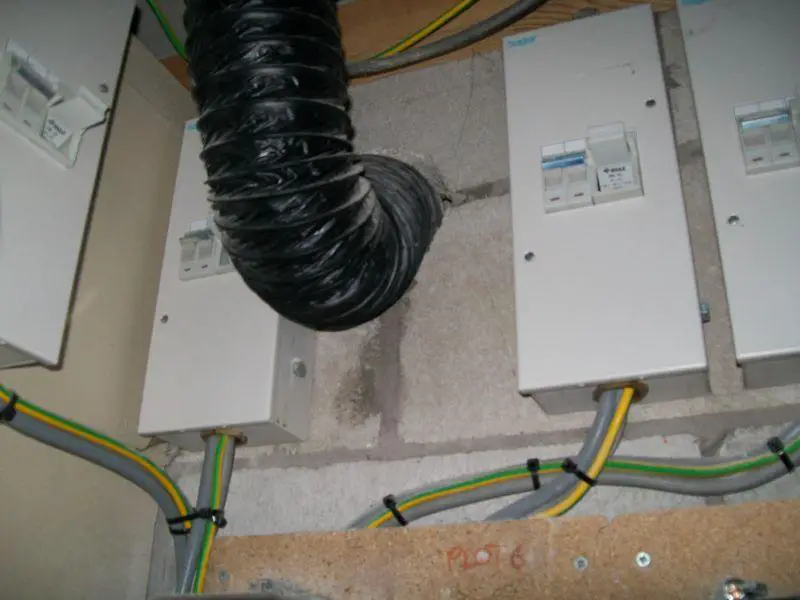Quite so - as I wrote last night...You could probably work it out, but not with the adiabatic equation.(The adiabatic assumes no heat is lost to the surroundings, which is an approximation which gives a reasonable result up to about 5 seconds)I think you could probably use the adiabatic equation to work out the maximum CCC of XLPE conductors at 70°C if you really wanted to.
As you say, one could probably work it out by some other means, but I suspect that it would require knowledge of characteristics/properties of the cable and its insulation which mere mortals like you, I and RF probably don't have! For example, I presume that the presence of the armour has an appreciable bearing on the thermal behaviour of SWA.That approach would be inappropriate. CCC is all about a thermal steady state during continuous current flow - which is the antithesis of an adiabatic process. An adiabatic calculation would only tell you what (very high) current the conductor could tolerate for a very short period of time (usually taken as <5s) - and that current would be many times greater than the 'CCC' of the conductor.
Kind Regards, John


